The purpose of the Labor party’s first Budget since gaining office in May is to address cost-of- living pressures and support the transition to clean energy.
But how can this help the cost of living and the Australian economy long-term after a difficult few years? And how is it likely to affect Australian small businesses?
What are Labor’s 2022-2023 Budget highlights and predictions?
Federal Treasurer Jim Chalmers’ Budget speech argued the global energy crisis and inflation were slowing the global economy and contributing to the below-trend Australian economic growth.
“It provides cost of living relief, which is responsible, not reckless – to make life easier for Australians, without adding to inflation,” Mr Chalmers said.
“It targets investments in a stronger, more resilient, more modern economy. And it begins the hard yards of Budget repair. It recognises that our best defence against uncertainty around the world is responsible economic management here at home.”
The federal government estimates the deficit for the 2022/23 financial year will be $36.9 billion, which is $41.1 billion better than the figure in the previous Budget forecast.
“It targets investments in a stronger, more resilient, more modern economy and it begins the hard yards of Budget repair”
Inflation is expected to peak at 7.45 per cent later this year, before moderating over time to 3.5 per cent through 2023/24 and returning to the Reserve Bank’s target range in 2024/25. The target range is two per cent to three per cent.
The inflation forecast is likely to have an impact on the cash rate. Over time, the RBA may moderate future interest rate rises as long as inflation heads towards the target band.
This has different effects on different asset classes. It may mean borrowers paying a variable interest rate pay less interest on their loans. But returns from cash and fixed interest may drop. This can affect returns on insurers’ investment portfolios, which may push up premiums over time.
This Budget includes a $7.5 billion provision to ease cost-of-living pressures, including a $350 million allowance to build 10,000 affordable homes.
Energy was a big part of this Budget, and the federal government has announced an extra $20 billion to pay for the transmission to renewable and cleaner energy sources.
The $800 million Powering Australia Plan will also reduce taxes on electric cars, pay for a national electric vehicle charging network and hydrogen refuelling stations and give solar battery storage to up to 100,000 homes.
What does the 2022-2023 Budget and forecasting mean for small businesses?
Economic growth is predicted to lift by 3.25 per cent this financial year, before growth drops to 1.5 per cent in the 2023/2024 financial year.
And leaving Budget spending promises to aside, saving was also emphasised in this Budget. Labor’s spending audit found $22 billion in savings over four years. Despite this, the unemployment rate is predicted to sit at a historically-low rate of 4.5 per cent this financial year and next financial year.
Wages have also risen since the Labor Party took office in May. This means recruitment is likely to remain a challenge, and small businesses may need to find new ways to beat the war on talent.
In good news, funding for visa processing may provide relief for industries dealing with workforce shortages. The Department of Home Affairs has set aside $36.1 million to boost the number of people in the workforce.
Due to the challenges small businesses are facing, the government has also announced it would devote $15 million to mental health support services and debt counselling hotlines for small businesses.
On the whole, Labor’s 2022-23 Budget’s main aim is to return the economy to more normal trading conditions over time.
Important notice – Steadfast Group Limited ABN 98 073 659 677 and Steadfast Network Brokers
This article provides information rather than financial product or other advice. The content of this article, including any information contained in it, has been prepared without taking into account your objectives, financial situation or needs. You should consider the appropriateness of the information, taking these matters into account, before you act on any information. In particular, you should review the product disclosure statement for any product that the information relates to it before acquiring the product.
Information is current as at the date the article is written as specified within it but is subject to change. Steadfast Group Ltd and Steadfast Network Brokers make no representation as to the accuracy or completeness of the information. Various third parties have contributed to the production of this content. All information is subject to copyright and may not be reproduced without the prior written consent of Steadfast Group Limited.
